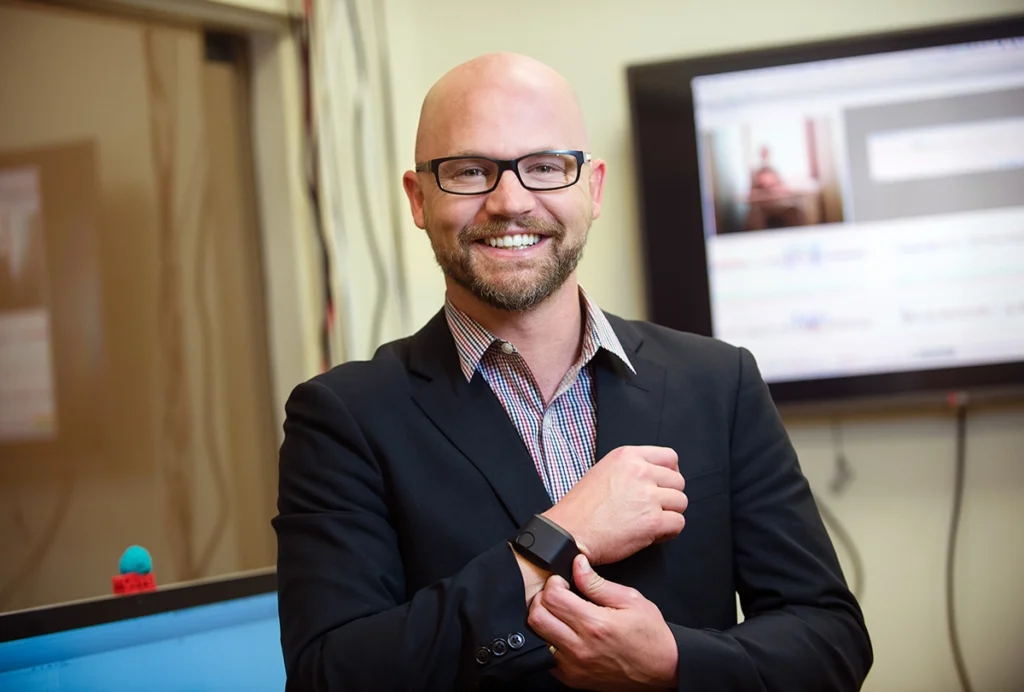Genetics: Levels of regulatory gene crucial for development
Duplication of a chromosomal region that includes the autism-linked gene MBD5 leads to intellectual disability, language impairment and autism-like symptoms, according to a study published 1 May in the European Journal of Human Genetics.

Facial features: Children who have a duplication of 2q23.1 have distinct features, including long eyelashes and a prominent nose.
Duplication of a chromosomal region that includes the autism-linked MBD5 gene leads to intellectual disability, language impairment and autism-like symptoms, according to a study published 1 May in the European Journal of Human Genetics1.
A study published last year described similar symptoms, including motor delay and unusual facial features, in 65 people who have a deletion in the same region, known as 2q23.1. This suggests that precise levels of MBD5, which regulates gene expression by altering the structure of DNA, are crucial for brain development.
In the new study, the researchers identified a duplication of 2q23.1 in 23 individuals who were referred to five international hospitals for genetic testing. This brings the total number of known individuals with this duplication to 36. None of nearly 14,000 controls have a duplication of 2q23.1.
Three of the individuals in the new study inherited their 2q23.1 duplication from their unaffected mothers; in the remaining individuals, the mutations arose spontaneously.
Children with the duplication have a social and affectionate demeanor, similar to those who have Williams syndrome or Angelman syndrome, the researchers say. Overall, symptoms are milder in children with the 2q23.1 duplication than in those with a deletion or an MBD5 mutation. For example, only those with the deletion or mutation have seizures.
References:
1: Mullegama S.V. et al. Eur. J. Hum. Genet. Epub ahead of print (2013) PubMed
Explore more from The Transmitter

How to explore your scientific values and develop a vision for your field

